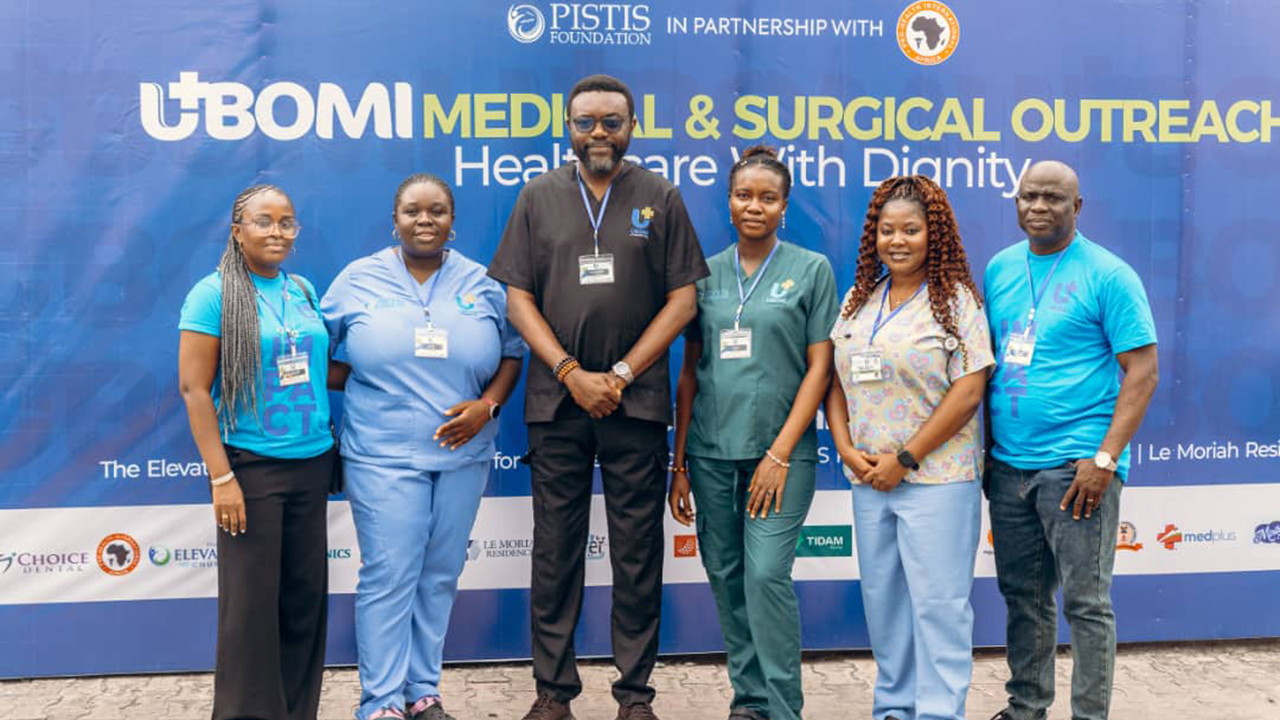The Federal Government has unveiled a new strategic plan for nursing and midwifery aimed at improving workforce retention and accelerating Nigeria’s progress toward Universal Health Coverage (UHC) and the Sustainable Development Goals (SDGs).
The government has also approved waivers for federal health institutions to recruit nearly 20,000 workers, 60 per cent of whom will be nurses and midwives.
Minister of Health and Social Welfare, Prof. Muhammad Pate, who disclosed this at the launch of the Nigerian Strategic Directions for Nursing and Midwifery (NSDNM) 2025–2030 in Abuja, said that while training and motivation are critical, they must be supported by an enabling environment that includes adequate infrastructure, equipment, and resources for efficient service delivery.
Describing nurses and midwives as “the backbone of healthcare delivery in Nigeria,” Pate noted that the new strategic plan provides clear priorities for strengthening education, career development, leadership, and workforce retention within the sector.
Themed “Strengthening Nursing and Midwifery Services in Nigeria for Universal Health Coverage through Implementation of NSDNM,” the summit brought together key stakeholders to deliberate on reforms and increased investment in nursing and midwifery services across the country.
Registrar of the Nursing and Midwifery Council of Nigeria (NMCN), Dr Ndagi Alhassan, said the World Health Organisation (WHO) recommends a nurse-to-patient ratio of one to four, a target Nigeria is yet to meet.
He revealed that yearly nurse production had risen from 23,000 to over 115,000, but challenges persist in integrating these professionals into the national health system due to limited employment opportunities.
“To bridge this gap, we introduced the Community Nursing and Midwifery Programme, under which communities sponsor trainees and local governments commit to employing them, ensuring that skilled professionals return to underserved areas,” Alhassan explained.
He urged state governments to absorb trained personnel into their health systems and equip them with the tools required to function effectively across different levels of care.
The Team Lead for Universal Health Coverage at WHO, Mary Brantuo, observed that nurses and midwives make up almost 50 per cent of the global health workforce but remain critically underrepresented in many regions. She warned that the WHO projects a global shortfall of 4.8 million nurses and midwives by 2030, with the most severe gaps expected in Africa and Southeast Asia, including Nigeria.
Brantuo noted that Nigeria’s strategy aligns with the WHOGlobal Strategic Directions for Nursing and Midwifery (2021– 2027), which focuses on four key areas: education, employment, leadership, and service delivery.
“Investing in nursing and midwifery is not a cost but a smart investment in health system resilience, gender equity, and economic development,” she said.
Deputy Representative of UNFPA Nigeria, Koessan Kuawu, stated that available data show Nigeria requires an additional 70,000 midwives by 2030 to meet WHO standards.
He said UNFPA has continued to support workforce training, accreditation, and leadership development, adding that the organisation advocates midwife-led care since trained midwives can deliver up to 90 per cent of essential health services.
Chairman of the Senate Committee on Health, Ipalibo Banigo, pledged continued legislative support for initiatives that strengthen nursing and midwifery education, professional regulation, and access to quality healthcare nationwide.
She said the Senate recognises the vital role nurses and midwives play in healthcare delivery and described the strategic plan as a practical roadmap that will drive reforms, investments, and innovation in the sector over the next five years.






